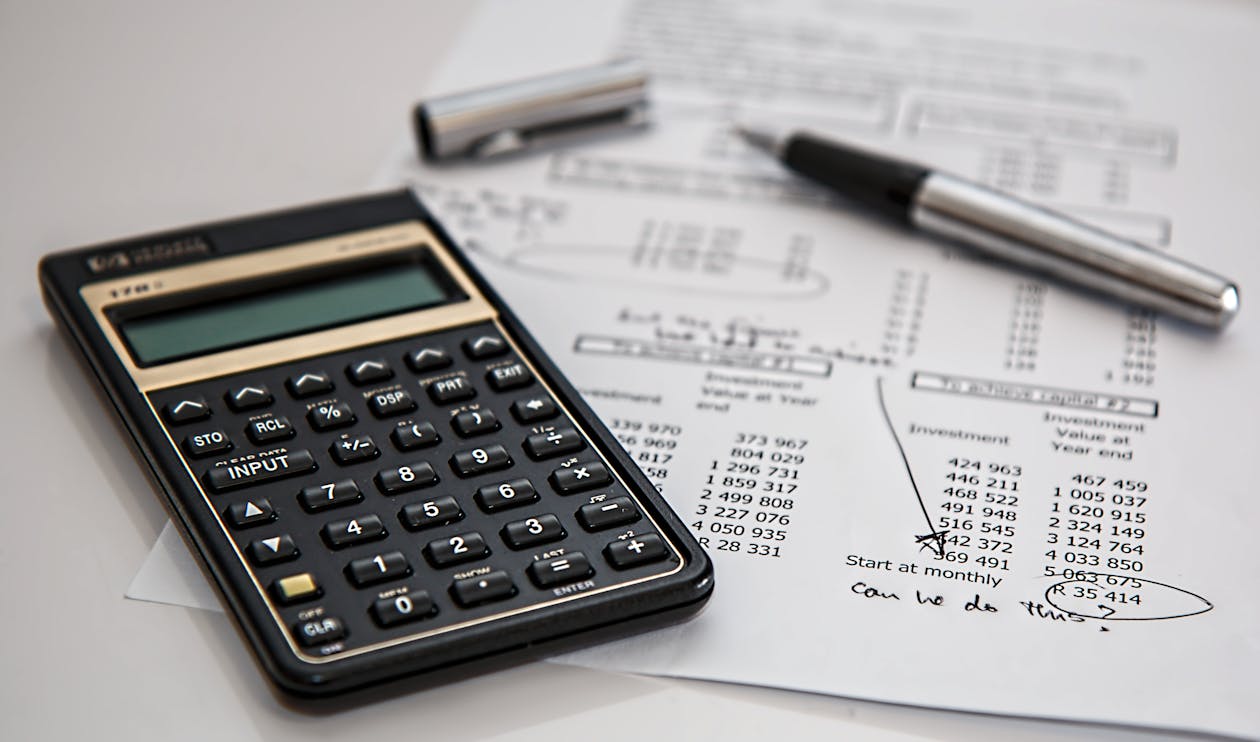Introduction
In today's rapidly shifting economic landscape, understanding personal finance has never been more crucial. One significant trend impacting households worldwide is the increase in prices of goods and services.
Coupled with fluctuations in interest rates, these changes can significantly impact your financial stability and future planning. Being cognizant of these trends and how they affect your budget, savings, and overall financial health is a critical step towards making informed and effective financial decisions.
This article aims to guide you through these complex dynamics, helping you navigate the ebb and flow of economic changes confidently. So, whether you're a homeowner, business owner, or simply someone looking to understand the financial climate better, this guide will provide valuable insights into the world of personal finance.
Understanding the Increase in Federal Reserve Interest Rates
The Federal Reserve interest rate, often referred to as the 'Fed funds rate', is the rate at which banks and credit unions lend reserve balances to other depository institutions overnight. This rate plays a pivotal role in the economy, influencing everything from the interest rates on your savings account to the cost of your mortgage.
Recently, there's been a significant uptick in the Federal Reserve interest rate. This increase is a response to various economic factors, including inflation and economic growth.
While an increase in loan interest rates might initially seem negative, especially for those with variable-rate debts, it's important to understand that these adjustments are often made to maintain economic equilibrium and counteract inflation.
Since the Federal Reserve raised interest rates to a two-decade high, any dollar spent today is a lost opportunity to earn as much as 5% or more in savings accounts, certificates of deposit, and bonds. High rates also make it significantly more expensive for people to spend money they don’t have, with the annual interest rate on some credit cards pushing 30%.

However, this increase isn't all bad news for consumers. A higher Federal Reserve interest rate can also lead to an increase in savings interest rates. That means the money you have stashed away in your savings account or invested in bonds could potentially earn more over time.
The Impact of End-Year Sales on Personal Finance
End-year sales, often marked by significant discounts and promotional offers, can be an exciting time for consumers. These sales can provide an opportunity to purchase necessary items or services at a reduced cost, potentially saving you a significant amount of money. If planned correctly, end-year sales can be integrated into your personal finance strategy, allowing you to make substantial purchases or investments without straining your budget.
However, it's crucial to approach these sales with caution. The allure of discounted prices can sometimes lead to overspending, and it's easy to be tempted into buying items you don't actually need. Excessive spending during end-year sales can adversely impact your personal finances, leading to potential debt or a depleted savings account.
Moreover, the increase in prices of goods and services throughout the year can sometimes make these 'sales' less of a bargain than they appear. It's important to compare prices and ensure you're truly getting a good deal.

The National Retail Federation forecasts holiday spending will grow between 3% to 4% from last year to as much as $966.6 billion. While end-year sales can be a boon for your personal finance if managed wisely, they can also pose a risk if not approached with a clear budget and purchasing plan in mind.
Auditing Your Personal Finances
With the ongoing fluctuations in prices and interest rates, auditing your personal finances becomes an essential step in maintaining financial health. It's a systematic review of your income, expenses, and financial goals, providing a clear picture of your current financial situation and helping you make informed decisions.
Begin by tracking your income and expenses. This includes everything from your monthly bills to discretionary spending like dining out or entertainment. There are numerous budgeting apps and tools available that can help you categorize and visualize your spending habits.

Next, examine your debts. Consider the interest rates on your loans and credit cards. With increased Federal Reserve interest rates, you might find that refinancing or consolidating your debts could save you money in the long run.
Review your savings and investments. Are they growing? Could they be performing better elsewhere? Remember, a hike in interest rates can be beneficial for certain types of savings and investment accounts.
Lastly, revisit your financial goals. Are they still realistic in light of economic changes? Adjust them if necessary.
Auditing your personal finances might seem daunting, but it's a necessary process. By regularly reviewing and adjusting your financial plan, you can navigate economic fluctuations and stay on track towards achieving your financial goals.
Setting a Realistic Budget
Setting a realistic budget in the face of rising prices and interest rates is crucial to maintaining financial stability. A budget should be flexible, adaptable, and, above all, realistic.
Start by assessing your income and fixed expenses, including rent or mortgage payments, utilities, and any loan repayments. Next, estimate variable expenses such as groceries, transportation, and leisure activities. Be sure to factor in the predicted price hikes.
Saving should also be a line item in your budget. Aim to save at least 10-20% of your income. If this is not feasible due to increased expenses, try to save as much as you can. Every little bit helps.
Once your budget is set, track your spending. This will help you identify any areas where you may be overspending and need to adjust. Remember, a budget is not set in stone. It should be reviewed and updated regularly to reflect changes in your income, expenses, and financial goals.
To stay on track, consider using budgeting apps or tools that can provide real-time insights into your spending habits. Additionally, setting financial goals can provide motivation to stick to your budget.
A realistic budget is one that acknowledges the reality of increasing prices and interest rates, and it is flexible enough to adapt to these changes.

Steps to Minimize Your End-Year Spending
The end-of-year season, with its festivities and gift-giving traditions, can be a high-spending period for many. However, with rising prices and interest rates, exercising financial prudence becomes even more crucial.
Firstly, create a holiday budget that's separate from your regular budget. This should include gifts, decorations, food, and travel expenses. Stick to this budget and resist the urge to overspend.
Plan your purchases in advance. Early planning allows you to compare prices, take advantage of sales, and avoid last-minute expensive purchases. Remember that thoughtful, homemade gifts can also be a cost-effective alternative.

Resist impulse buying. Retailers often use enticing sales strategies during this season to encourage spending. Always ask yourself if the purchase is necessary and within your budget before buying.
Utilize cashback and rewards programs. Many credit cards offer cashback or rewards on purchases, which can provide some relief during high-spending periods.
Lastly, consider setting up a savings account specifically for holiday spending. By saving a little each month throughout the year, you can accumulate a sum that will minimize the financial impact at the end of the year.
Mindful spending and early planning can help mitigate the effects of increased prices and interest rates, enabling you to enjoy the end-of-year season without financial stress.
The Pros of Prioritizing Savings at This Time
In times of increased prices and interest rates, prioritizing savings can offer multiple benefits. It can serve as a financial buffer, provide opportunities for investment, and contribute to overall financial well-being.
Firstly, saving creates an emergency fund, which can be a lifesaver in unexpected situations. Financial experts often recommend having three to six months' worth of living expenses saved up. This fund becomes particularly significant in an economy with rising prices and interest rates, where unforeseen costs may be higher than usual.
Secondly, a low-interest-rate environment can offer investment opportunities. For example, with a solid savings base, you might consider investing in stocks, bonds, or real estate, which could potentially provide higher returns.
Moreover, having a healthy savings account can provide a psychological benefit. According to a 2018 Federal Reserve report, 40% of Americans wouldn't be able to cover a $400 emergency expense. Being prepared for such scenarios can alleviate financial stress and provide peace of mind.
Lastly, saving can help maintain your standard of living during periods of inflation. By cutting back on non-essential expenses and saving more, you can offset the impact of increased costs.
Prioritizing savings during times of economic uncertainty is a proactive strategy that can enhance financial security and provide peace of mind.






